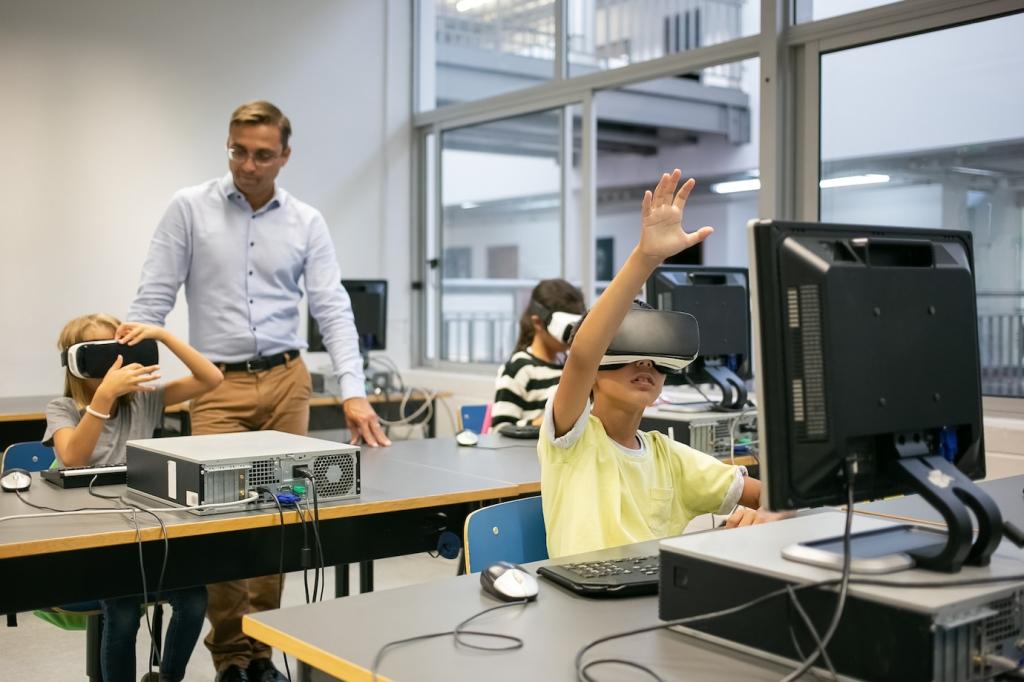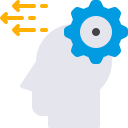Unlocking the Power of AI and Adaptive Learning Systems
Chosen theme: AI and Adaptive Learning Systems. Step into a future where lessons reshape themselves around each learner, stories become feedback, and classrooms hum with real-time insight. Join us, share your perspective, and subscribe for deeper dives and practical guides.


Why Adaptive Learning Matters Now
A high school teacher once told us how a quiet student blossomed when the platform slowed down at tricky fractions and sped up through mastered topics. AI and adaptive learning systems do this continuously, giving each learner a personalized, confidence-building path. Tell us if you’ve seen similar transformations.
Why Adaptive Learning Matters Now
Across pilots and meta-analyses, adaptive approaches are linked to higher retention and time-on-task, especially for learners at the margins. While results vary by implementation quality, the consistent trend is improved engagement. If data moves you, subscribe to our updates as we unpack case studies and design patterns.
Inside the Engine: How AI Personalizes Learning
Modern systems track mastery over time, using knowledge tracing, embeddings, or Bayesian approaches to infer strengths and gaps. The model gets sharper with every attempt, hint, and pause. Want a plain-English explainer of these models? Comment below and we’ll craft one for subscribers.
Inside the Engine: How AI Personalizes Learning
Good adaptivity depends on good content analytics. Item Response Theory, difficulty calibration, and NLP tagging help the system understand which problems teach what and to whom. Share your item design questions—your feedback will shape our next guide on building adaptive-ready content.


Stories from the Classroom
Maya and the Algebra Roadblocks
Maya kept stumbling over linear equations until adaptive hints nudged her toward slope concepts with visual, stepwise scaffolds. Weeks later, she tackled systems of equations confidently. Do you have a learner like Maya? Share your story—your insights may help another educator tomorrow.
Mr. Alvarez’s Mixed-Ability Class
Facing a wide skill spread, Mr. Alvarez used adaptive dashboards to group students dynamically and target mini-lessons. AI handled practice pacing; he focused on misconceptions. If you’ve tried similar grouping strategies, comment with tips, and we’ll compile them for the community newsletter.
A Rural School’s Bandwidth Challenge
Spotty internet threatened progress until an adaptive platform cached lessons offline and synced mastery data later. The result: steady practice without performance cliffs. Have connectivity hurdles of your own? Tell us what works, and we’ll spotlight resilient setups in an upcoming post.
Designing Ethical, Inclusive Adaptivity
Fairness by Default
Adaptive systems can amplify bias if not audited. Diverse training data, representation checks, and outcome monitoring reduce gaps, while teacher review prevents overfitting to narrow patterns. What fairness questions keep you up at night? Add them below; we’ll explore solutions with practitioners.
Privacy and Consent
Collect only what serves learning, keep data secure, and communicate clearly with families. Consent should be informed, revocable, and meaningful. We’re drafting a plain-language data policy template—subscribe if you’d like early access and a walkthrough tailored for school leaders.
Explainability Students Understand
Learners deserve to know why they see a task. Simple explanations—“we noticed you mastered factoring, so here’s a stretch problem”—build trust and agency. Want example phrasing for different ages? Request it in the comments and we’ll publish a ready-to-use playbook.
Getting Started: Tools, Data, and Pilots
Choose Goals Before Tools
Define what success looks like—confidence gains, mastery depth, or faster remediation—before selecting any platform. Clear goals prevent novelty chasing and guide evaluation metrics. Share your goals with us, and we’ll suggest measurement ideas in a future subscriber-only brief.
Pilot Small, Measure Deep
Start with a limited unit, capture baseline data, and track mastery, engagement, and equity impacts. Use control groups or staggered rollouts to learn responsibly. Tell us what metrics you rely on; we’ll feature practical dashboards and templates in an upcoming article.
Train Teachers, Not Just Models
Professional learning is the hinge. Teachers need time to interpret AI insights, adjust instruction, and coach students on metacognition. Interested in peer-led PD formats? Comment or subscribe, and we’ll share workshop outlines tried by real schools and districts.
Future Horizons for AI and Adaptive Learning Systems
Multimodal Tutoring at Scale
Imagine an assistant that understands sketches, speech, and typed math, then adapts instruction across devices and contexts. Multimodal AI can meet learners where expression is easiest. Which modality would help your students most? Vote in our poll and subscribe for results.
Adaptive Assessment Without the Test Feel
Stealth assessment weaves measurement into learning, estimating mastery from authentic tasks instead of stop-and-test moments. Done right, it reduces anxiety and increases time for feedback. Curious how validity is maintained? Ask us, and we’ll unpack the research in plain language.
Collaborative Adaptivity for Groups
Tomorrow’s systems won’t only personalize for individuals; they’ll adapt for teams—balancing talk time, task complexity, and roles. Equity-aware facilitation can thrive with thoughtful AI support. Tell us your group-work challenges, and we’ll co-create strategies with our subscriber community.
